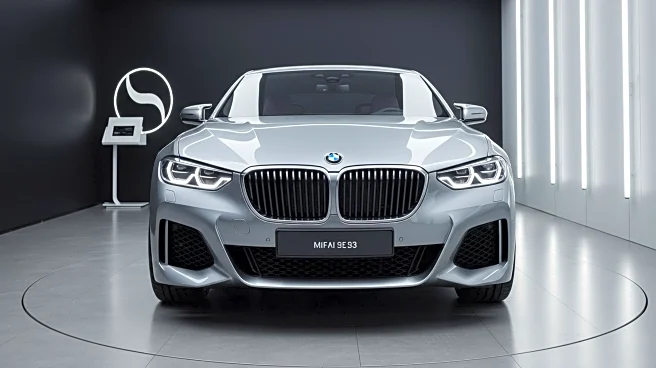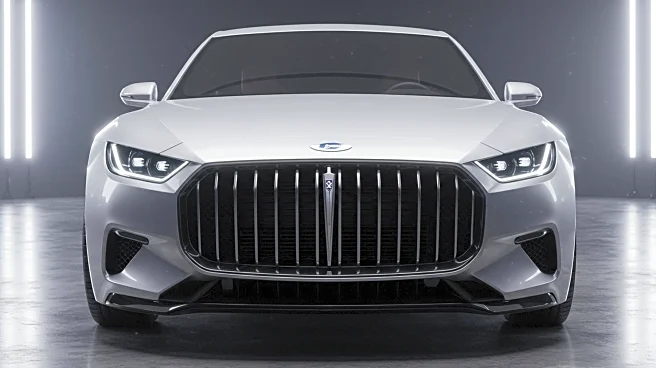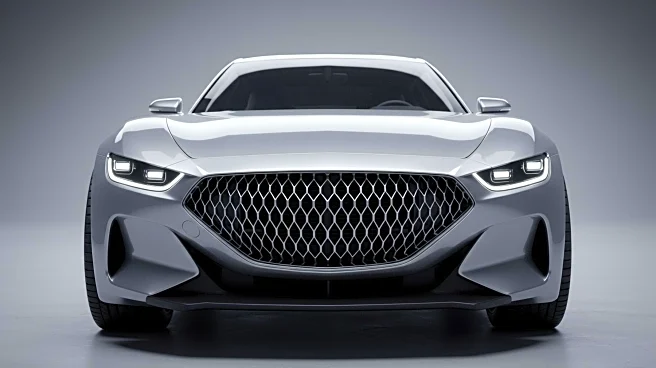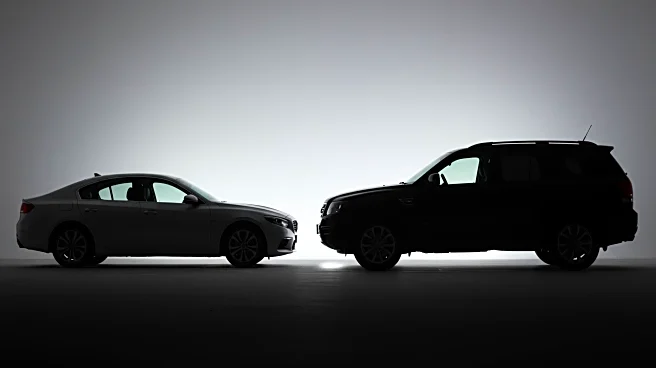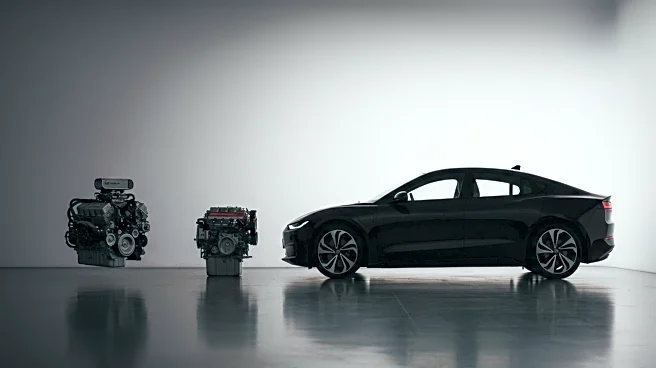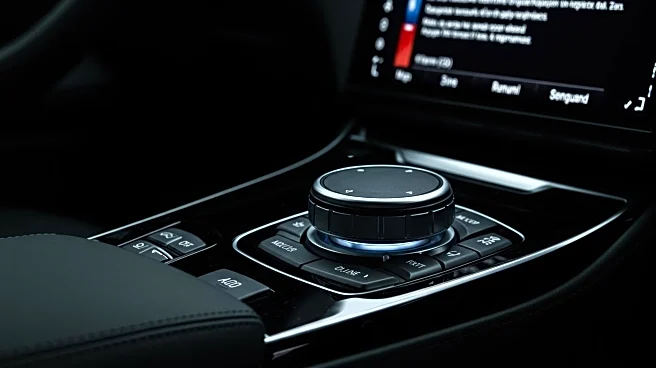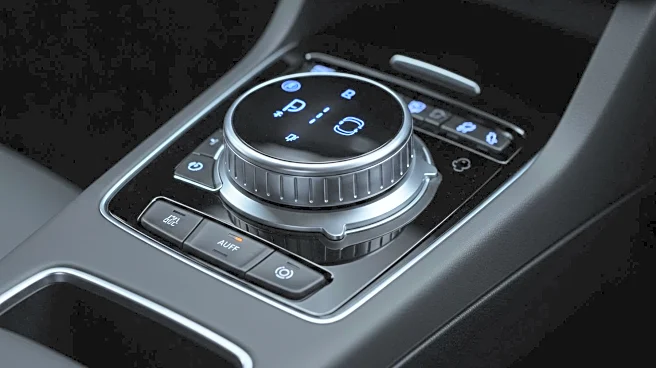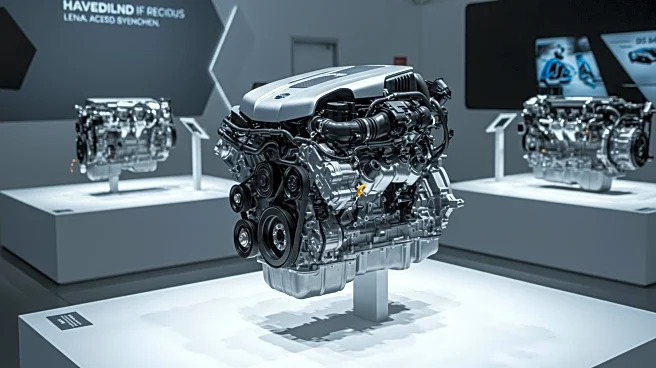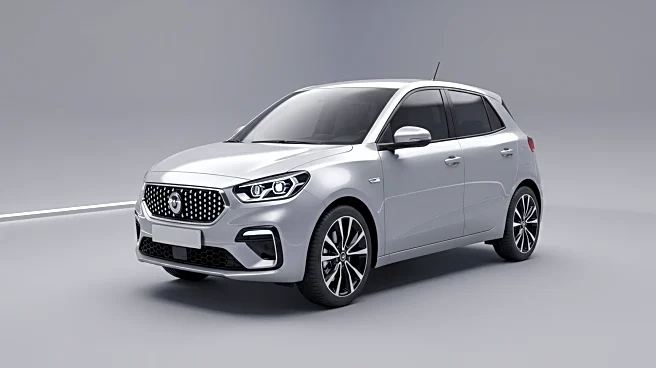What's Happening?
BMW's distinctive kidney grille design, which has been a point of contention among car enthusiasts, traces its origins to the 3.0 CSL Hommage R concept car. This design was introduced on the second-generation 4 Series and has been defended by BMW as a positive evolution in their design language. Ian Robertson, a member of BMW's Sales and Marketing board, was instrumental in advocating for the grille's adoption into production models. He believed that the larger grille allowed for a more pronounced differentiation between BMW's 3 Series sedans and 4 Series coupes. Despite initial criticism, Robertson pointed to strong sales figures as evidence of the grille's success.
Why It's Important?
The adoption of the kidney grille design represents a significant shift in BMW's design philosophy, impacting the brand's identity and market positioning. This design choice has sparked debate among automotive enthusiasts and industry experts, highlighting the challenges automakers face in balancing innovation with tradition. The grille's success in terms of sales suggests that consumers are receptive to bold design changes, which could encourage other manufacturers to take similar risks. This development underscores the importance of design in the competitive automotive market, where visual differentiation can influence consumer preferences and brand loyalty.
What's Next?
As BMW continues to innovate its design language, the company may face ongoing scrutiny from traditionalists while attracting new customers who appreciate modern aesthetics. The success of the kidney grille could lead to further experimentation in future models, potentially setting new trends in automotive design. BMW's competitors may also respond by reevaluating their design strategies to maintain market relevance. The automotive industry will be watching closely to see how BMW's design choices influence broader market trends and consumer expectations.
Beyond the Headlines
The controversy surrounding BMW's kidney grille highlights broader cultural and aesthetic shifts in the automotive industry. It raises questions about the role of heritage versus innovation in brand identity and how companies can navigate consumer expectations in a rapidly evolving market. The grille's acceptance may signal a growing openness to unconventional designs, reflecting changing tastes and the influence of global design trends.
